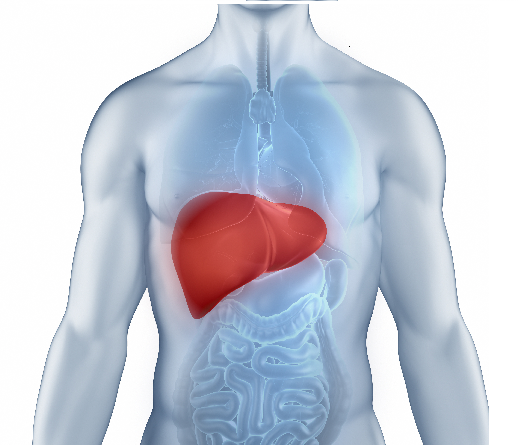Typhidot Test: Procedure & Results

Typhidot is a rapid serological screening test for the diagnosis of typhoid. Typhoid fever is a bacterial infection caused by Salmonella typhi. The Typhidot test determines the presence of immunoglobin M (IgM), an antibody triggered when Salmonella typhi bacteria enters the body.
What is the Typhidot Test?
Typhidot is a diagnostic test for typhoid to detect the presence of Salmonella typhi, a bacterium causing the fever. When the bacteria enter the body, the immune system responds by releasing two antibodies- IgG and IgM to protect the body against the bacterial infection.
Typhoid is one of the most common bacterial infections spread through contaminated water and food. It is a severe disease that needs immediate diagnosis and attention to prevent outbreaks.
As a result, patients are required to undergo Enzyme-Linked Immunosorbent Assays (ELISA) blood culture for a quick and accurate diagnosis. The Typhidot test is a ready-to-use ELISA kit designed for the qualitative detection and analysis of the IgG and IgM antibodies released in response to the outer membrane protein (OMP) of Salmonella Typhi.
The Typhidot IgM test is specifically designed to provide quick and accurate results for the early detection of typhoid.
When to Get a Typhidot Test?
Doctors and healthcare professionals recommend the Typhidot test when they suspect the person is showing the following symptoms of typhoid fever:
- Fever
- Abdominal pain
- Body pain
- Diarrhea or constipation
- Dry cough
- Fatigue
- Slow pulse rate with increasing body temperature
- Loss of appetite
- Weight loss
- Muscle weakness
- Inflammation in intestines
- Appearance of small red boils or rash in the abdominal area or on the back
In some extreme cases, other symptoms may emerge, such as:
- Excessive sweating
- Intestinal haemorrhage
- Abnormal heart rate
- Enlarged liver and spleen
- Abnormally swollen abdomen
Moreover, if an individual has recently come in contact with an infected person, visited an area with a high prevalence of typhoid fever, or has suffered a reoccurrence of symptoms, it is advisable to visit a healthcare professional immediately for a Typhidot test.
What is the Procedure for the Typhidot IgM Test?
The Typhidot test is conducted using a test kit and blood sample. For collecting the blood sample, an elastic band or tourniquet is tied firmly to the upper arm, and the person is asked to make a tight fist to fill the veins and make it easy to locate them.
Once the technician locates the vein, the spot is cleaned with antiseptic, and the blood sample is collected through the needle in a vacutainer tube. The collected sample is placed in the Typhidot test kit and is mixed with chemicals or reagents provided within the test kit to determine the presence of the target antibodies.
The test kit presents the results within 1-3 hours. The tests should be interpreted by a healthcare professional to ensure accurate diagnosis of the illness.
How to Prepare for the Typhidot Test?
There are no specific precautions or preparations, such as fasting before taking a Typhidot test. However, the patient should inform the doctor about any medications or supplements they are taking regularly, as they might be advised to stop the intake for a few days.
In addition, it is also recommended that healthcare professionals be informed of any health conditions or issues to help them evaluate if the condition will interfere with the tests in any way.
How to Interpret the Typhidot Results?
The Typhidot IgM test detects the presence of IgM and IgG antibodies in the patient’s body. It works by separating the antibodies infused with the OMP antigen using nitrocellulose strips.
In the test results, the presence of IgM antibodies indicates a recent or active typhoid infection. On the other hand, the presence of IgG antibodies indicates a previous infection or vaccination against the typhoid bacteria. The doctor will interpret it as positive or negative.
If Typhidot IgM is positive, it suggests an active infection, and the patient suffers from typhoid. Alternatively, a negative test result indicates the absence of the antibodies. In such a case, it can be inferred that either the patient is not suffering from typhoid or the test was taken too early before the development of antibodies against the infection.
The Typhidot test for typhoid helps detect antibodies in response to the presence of typhoid-causing bacteria. Since typhoid is a serious illness, it is important to take a proactive approach to diagnosis and treatment to prevent outbreaks.
FAQs
1. What is the Typhidot test used for?
The Typhidot test detects the release of IgM and IgG antibodies against the Salmonella typhi bacteria that causes typhoid.
2. What if Typhidot is positive?
If Typhidot is positive, it indicates the presence of IgM antibodies against the typhoid-causing bacteria and suggests that the person is suffering from typhoid.













